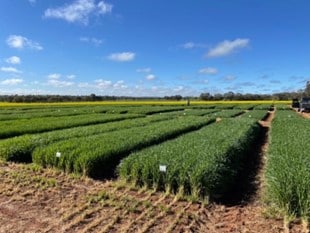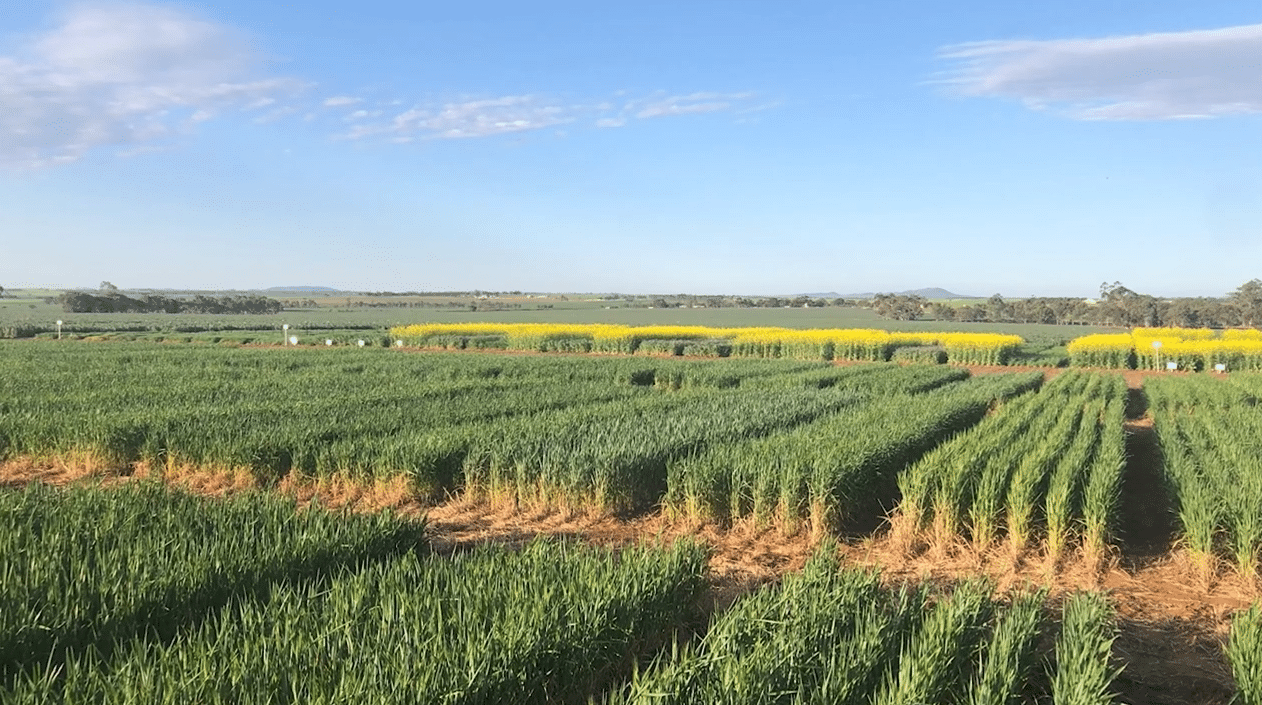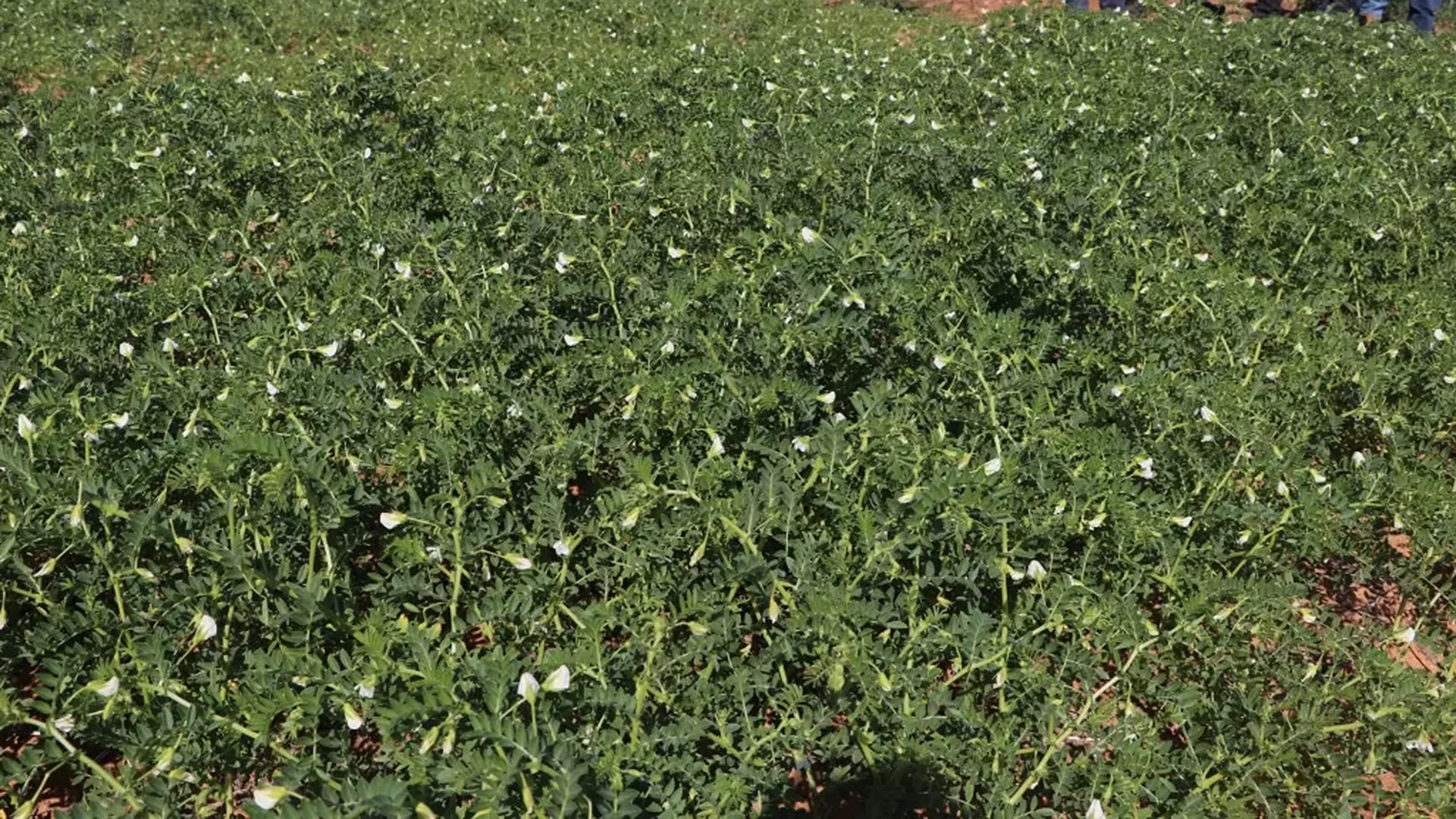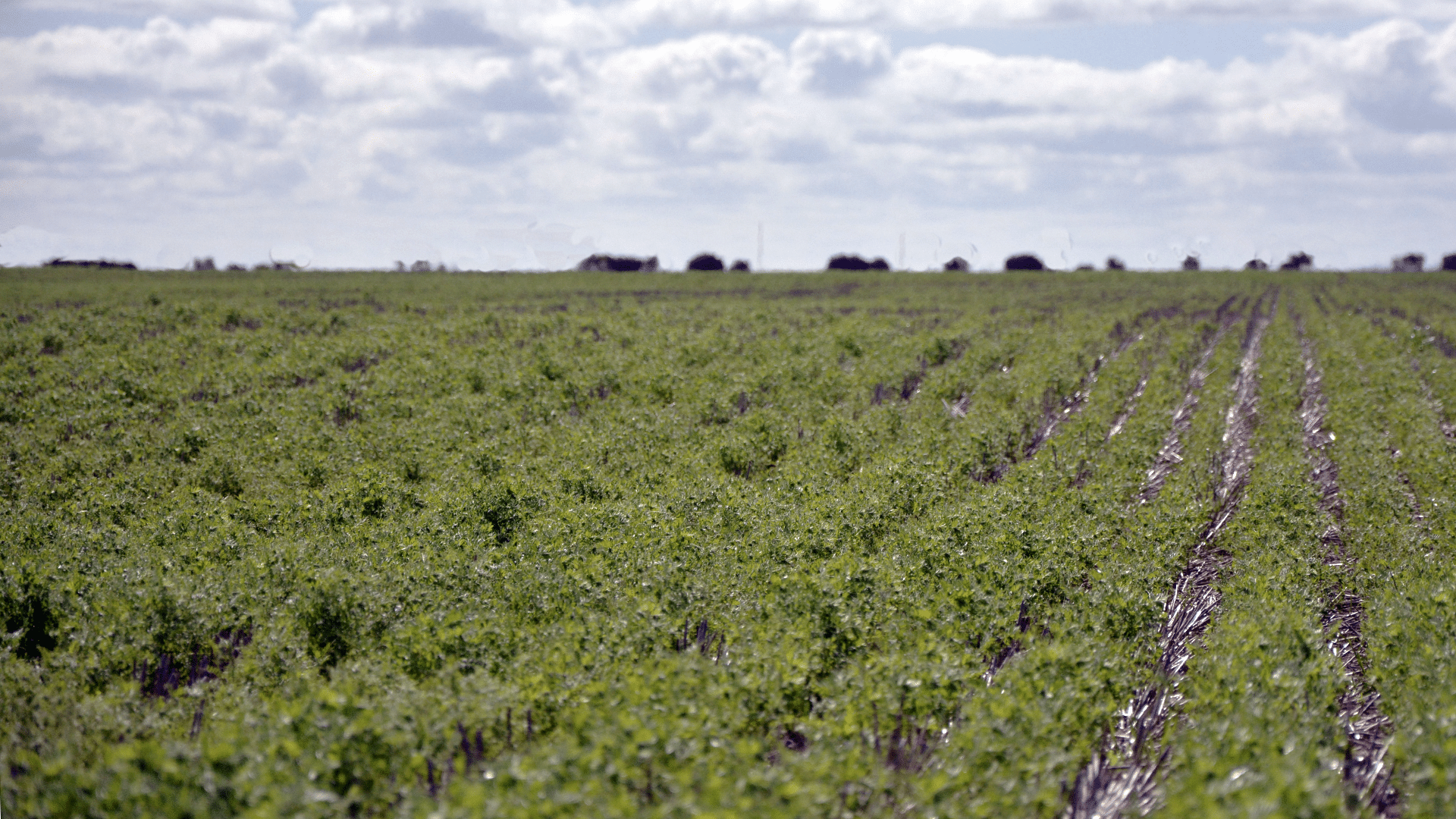START
FINISH

Summary
A range of barley varieties were sown at three sowing times across three seasons in the Upper North, to assess ideal time of sowing in frost and heat stress conditions.
In all three seasons late sowing from late May into June produced the lowest yields. In year one, with significant frost and heat stress events, the first time of sowing in early April resulted in the highest yields. In year two, with mild seasonal conditions, yields were equivalent across all times of sowing, and in the third season, the first and second sowing times yielded similarly.
Background
Barley is a versatile and slightly more frost-tolerant option than wheat, allowing it to be planted earlier in the season. Other trials have shown that barley can also be a better option for late planting than wheat.
Research Aims
The core objectives of the project were to:
- Evaluate how heat stress at the end of the season affects grain fill
- Capture how frost stress during flowering affects grain development
- Identify phenotype differences within barley varieties that may enable growers to manage their seeding window and variety choices.
In The Field
A range of barley varieties was sown in plots on a paddock south-west of Booleroo Centre in 2019, 2020 and 2021, with plots rotated within the same paddock each year.
The crop was sown at three times of sowing each year, the first time TOS1, was sown early April, the second time, TOS2, was sown in mid-May and the third, TOS3, in late May into June.
In year three, 2021, due to a late season break, TOS1 was irrigated to represent a more traditional seasonal break.
Results
Late sowing times produced the lowest yields across all three years, reducing grain yield by 0.5-1t/ha across most varieties.
In year one, 2019, where the site experienced 20 days below 0° and several days above 35°, TOS1 resulted in the highest yields. Maximus CL, Spartacus CL and Fathom yielded higher than other varieties at the same TOS. TOS1 also had the best overall biomass, due to the extremely dry finish. TOS2 experienced the greatest frost damage.
In year two, 2020, in mild seasonal conditions, all varieties were statistically equivalent at the same time of sowing.
In year three, 2021, Planet was the highest yielding variety in all sowing times, with TOS1 and TOS2 resulting in higher yields than TOS3. All varieties yielded higher in TOS1 and TOS2 compared to TOS3.
Project Participants
Upper North Farming Systems: Ruth Sommerville, Matt McCallum, Jamie Wilson, Jade Rose
The Problem
Limited information has been available on the ideal time of sowing for barley in the Upper North.
The research
A range of barley varieties were sown at three different sowing times during three seasons – 2019, 2020 and 2021 – at Booleroo Centre.
More information
Jade Rose, Upper North Farming Systems
T: 0448 866 865
E: [email protected]
Value for Growers
These trials provided information to help Upper North growers select sowing time-variety combinations. Early April to mid-May sowing resulted in better yields across all varieties in all three years, though seasonal conditions influenced whether an April or early May sowing resulted in highest yields.
The results were communicated through ABC Rural radio, annual UNFS Members Expos and eight grower events, as well as the UNFS newsletter and social media. A video with detailed results is available on the UNFS YouTube channel.




